Noel Gallagher of Oasis called The Who the greatest singles band of all time. This is a hard point to argue, especially in the UK, where they placed 13 songs in the Top 10. In the U.S., the band became more known for its concept albums and benefitted from the FM radio format. The early singles failed to make an impact on American shores, but a collection released in 1971 was a big success.
Videos by American Songwriter
Meaty Beaty Big and Bouncy gathered singles released from the band’s inception in 1964 through 1971. It acted both as a greatest hits collection and an introduction to fans who were just coming on board. Songwriter/guitarist Pete Townshend, singer Roger Daltrey, bassist John Entwistle, and drummer Keith Moon were leaving stages in a pile of splinters as they gave a voice to the Mod movement. Each song was a rallying cry of a generation. Let’s take a look at the story behind one of those songs, “Anyway, Anyhow, Anywhere” by The Who.
The Song Was Written Onstage
Pete Townshend, the principal songwriter in The Who, shared writing credit with Roger Daltrey on the band’s second single. The lead singer talked with authors Alan G. Parker and Steve Grantley in The Who By Numbers about the inception of “Anyway, Anyhow, Anywhere”: “We literally wrote it on stage. Pete had the basic verse structure, and I think I wrote the bridge and bits of the chorus. He would do this bit, and I would say, ‘What about that bit?’ and the song came together like that. And we recorded it the next day. That’s why there’s no demo of it.”
I can go any way, way I choose
I can live anyhow, win or lose
I can go anywhere for something new
Anyway, anyhow, anywhere I choose
The Rickenbacker
The opening of the song is a flurry of notes from Townshend’s 1964 electric 12-string Rickenbacker, the exact same guitar used on their previous single “I Can’t Explain.” Rickenbacker guitars played a big part in rock ‘n’ roll in the hands of George Harrison of The Beatles, Carl Wilson of The Beach Boys, Roger McGuinn of The Byrds, Paul Weller of The Jam, Johnny Marr of The Smiths, Susanna Hoffs of The Bangles, and Tom Petty and Mike Campbell of The Heartbreakers.
I can do anything, right or wrong
I can talk anyhow and get along
Don’t care anyway. I never lose
Anyway, anyhow, anywhere I choose
“It’s Blatant, Proud, and, Dare I Say It, Sassy”
Townshend wrote in the liner notes of Meaty Beaty Big and Bouncy, “I was lying on my mattress on the floor listening to a Charlie Parker record when I thought up the title. (It’s usually title first with me.) I just felt the guy was so free when he was playing. He was a soul without a body, riding, flying, on music. Listening to the compulsory Dizzy Gillespie solo after one by Bird was always a come-down. However clever Gillespie was. No one could follow Bird. Jimi Hendrix must have been his reincarnation, especially for guitar players. The freedom suggested by the title came restricted by the aggression of our tightly defined image when I came to write the words. In fact, Daltrey was really a hard nut then, and he changes quite a few words himself to toughen the song up to suit his temperament. It is the most excitingly pig-headed of our songs. It’s blatant, proud, and, dare I say it, sassy.”
Nothing gets in my way
Not even locked doors
Don’t follow the lines
That been laid before
I get along any way I dare
Anyway, anyhow, anywhere
Feedback
In 1965, having feedback on a recording was something that was not intentionally done. During the band’s live performances, The Who would stretch out and experiment with the sonic section, leading to a chaotic rumble and building to a thundering crescendo. Moon’s drums were crashing, and Townshend’s experimental feedback brought in elements of Morse code and gunfire.
In 2015, Daltrey told Uncut magazine, “We were doing this feedback stuff, even before that. We’d be doing blues songs, and they’d turn into this freeform, feedbacky, jazzy noise. Pete was getting all these funny noises, banging his guitar against the speakers. Basically, the act that [Jimi] Hendrix is famous for came from Townshend, pre-‘I Can’t Explain.’ ‘Anyway, Anyhow, Anywhere’ was the first song when we attempted to get that noise onto a record, and that was a good deal of time before Hendrix had even come to England. The American pressing plant sent it back thinking it was a mistake. We said, ‘No, this is the f—ing noise we want. CUT IT LOUD!”
I can go any way, way I choose
I can live anyhow, win or lose
I can do anything, for something new
Anyway, anyhow, anywhere I choose
Ready Steady Who!
ATV beamed out the television program Ready Steady Go! every Friday night in the UK beginning in August 1963. It featured a who’s who of musical talent from The Beatles, The Rolling Stones, The Kinks, and The Animals to American hitmakers such as James Brown, Marvin Gaye, Jerry Lee Lewis, and Jim Reeves. The Who appeared 18 times, which was the most of any act, and “Anyway, Anyhow, Anywhere” was used as the show’s theme song for a time. There was even an entire episode devoted to the group, which they specially retitled Ready Steady Who! The band released an EP under that title as well. It contained “Disguises,” “Circles,” “Batman,” “Bucket T,” and “Barbara Ann.” The record reached No. 1 in the UK, and “Bucket T” even topped the charts in Sweden in February 1967.
Anyway
Anyway I choose, yeah
Anyway I want to go
I want to go and do it myself
Do it myself
Do it myself, yeah
Anyway, way I choose
Anyway I choose
Yeah, yeah
Ain’t never gonna lose the way I choose
The way I choose
The way I choose
When you purchase through links on our site, we may earn an affiliate commission.
Photo by Michael Ochs Archives/Getty Images


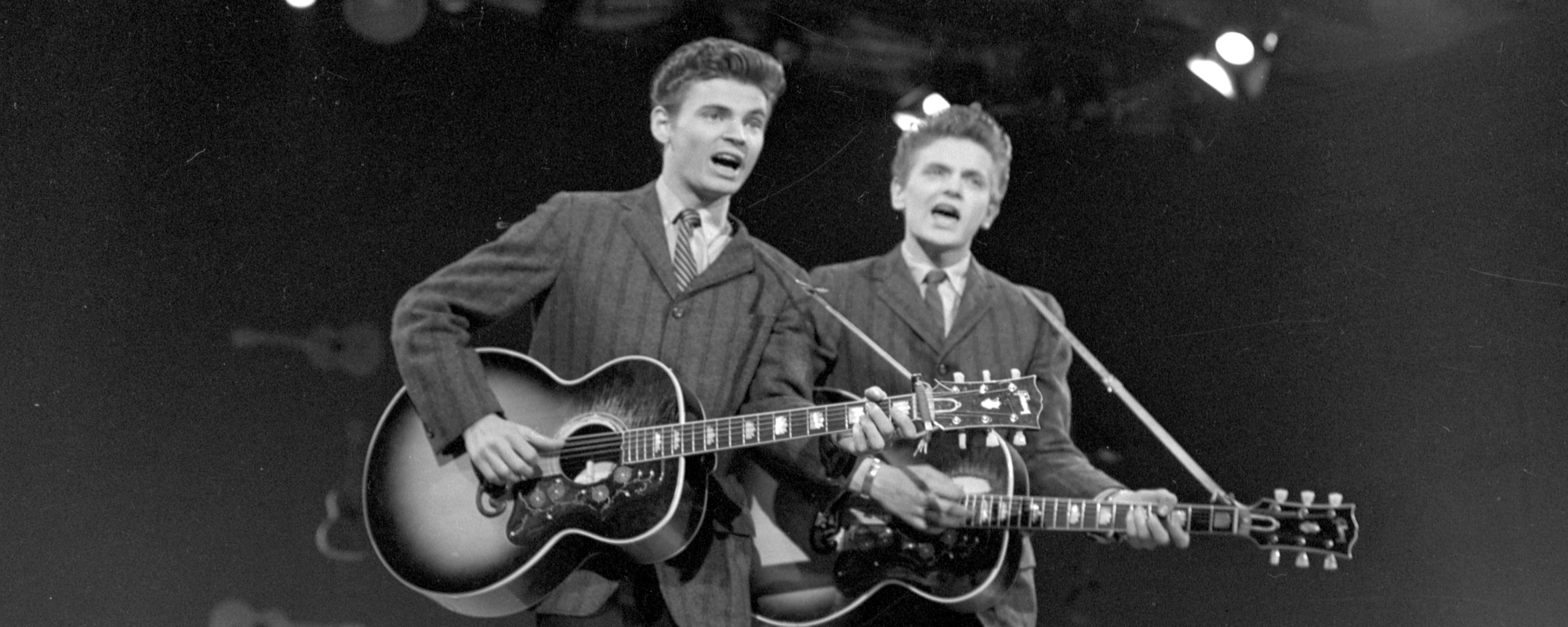



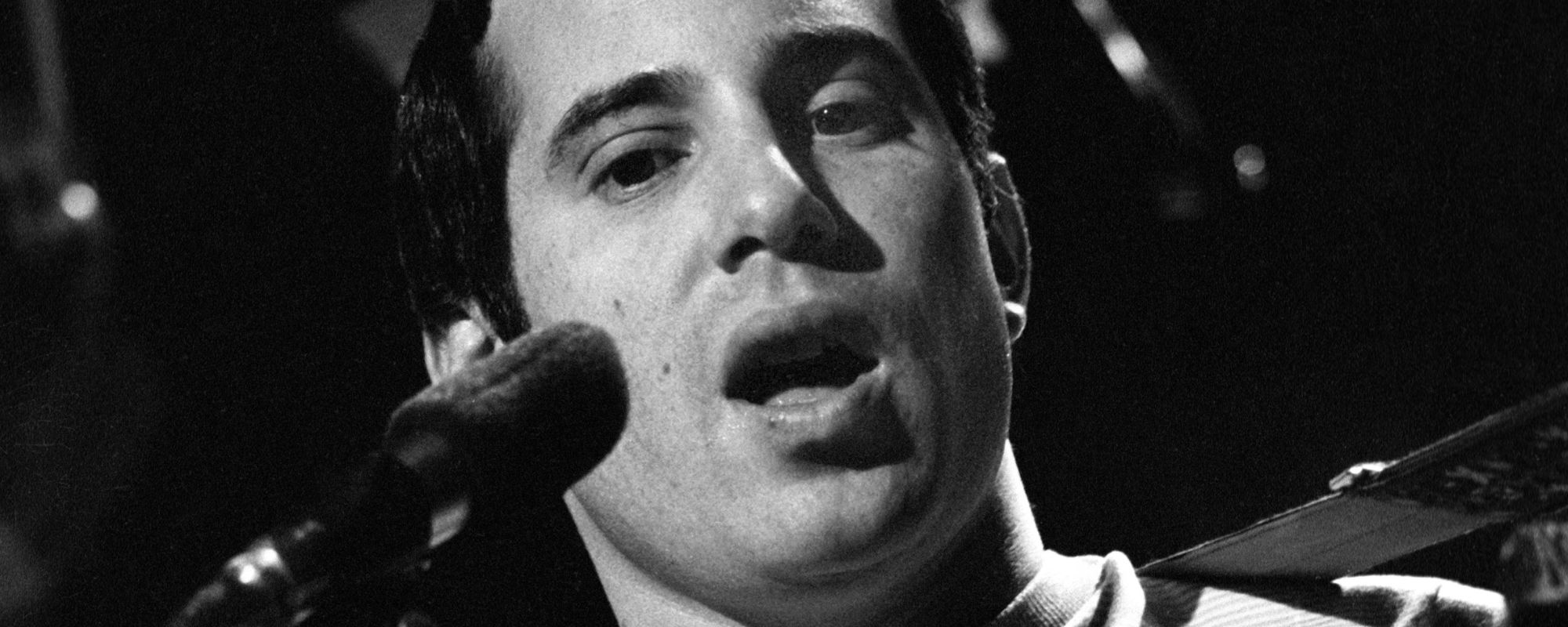
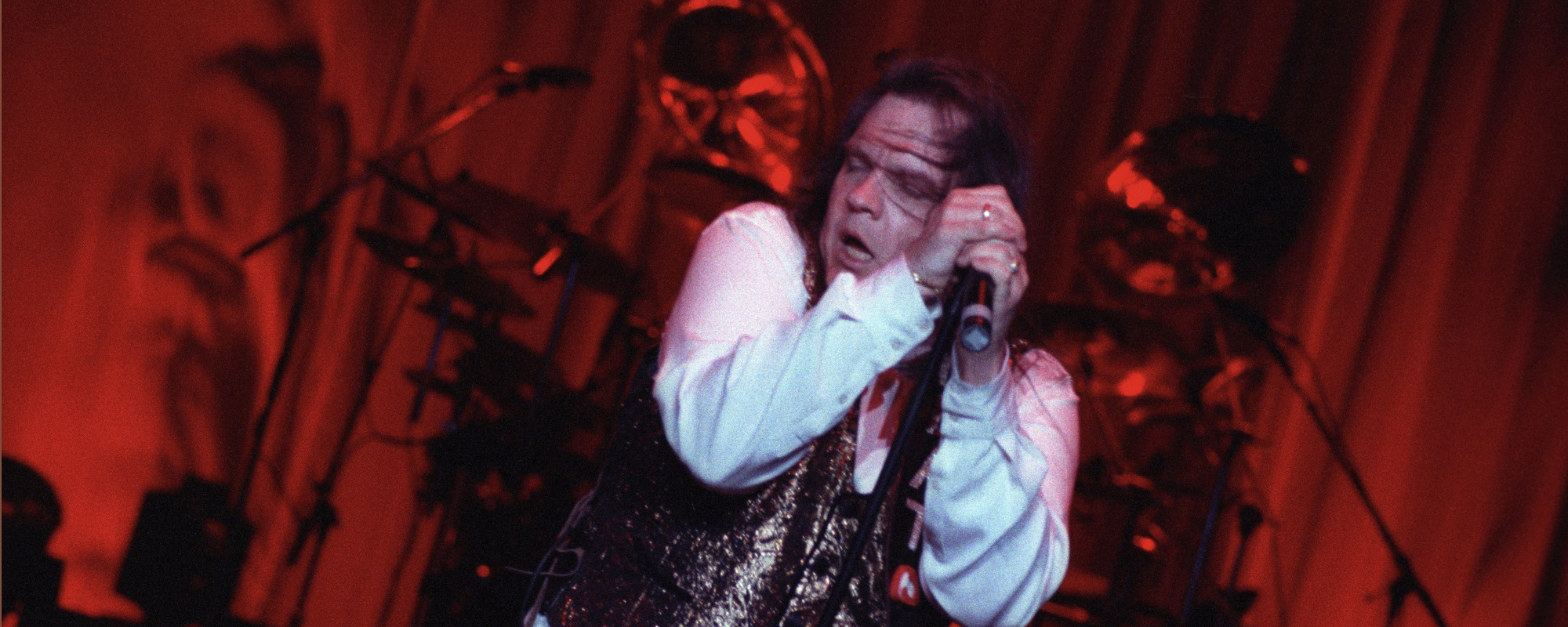
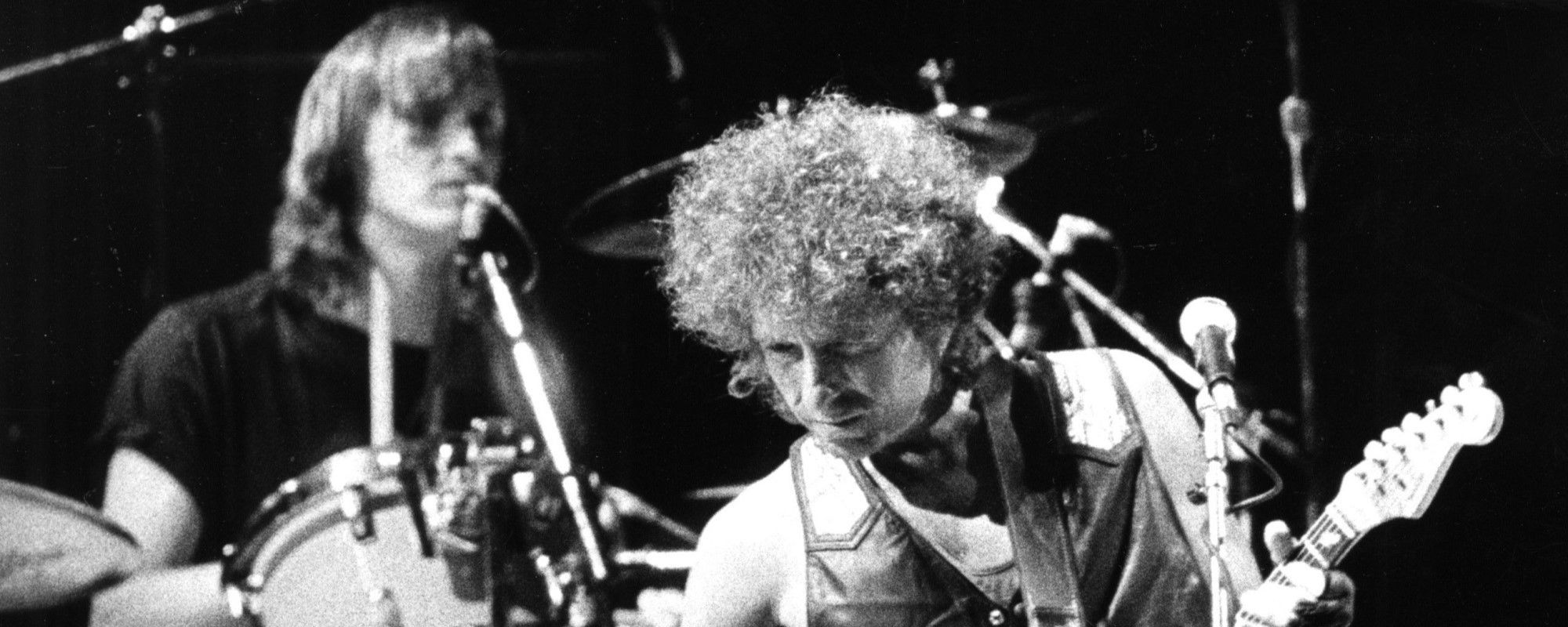


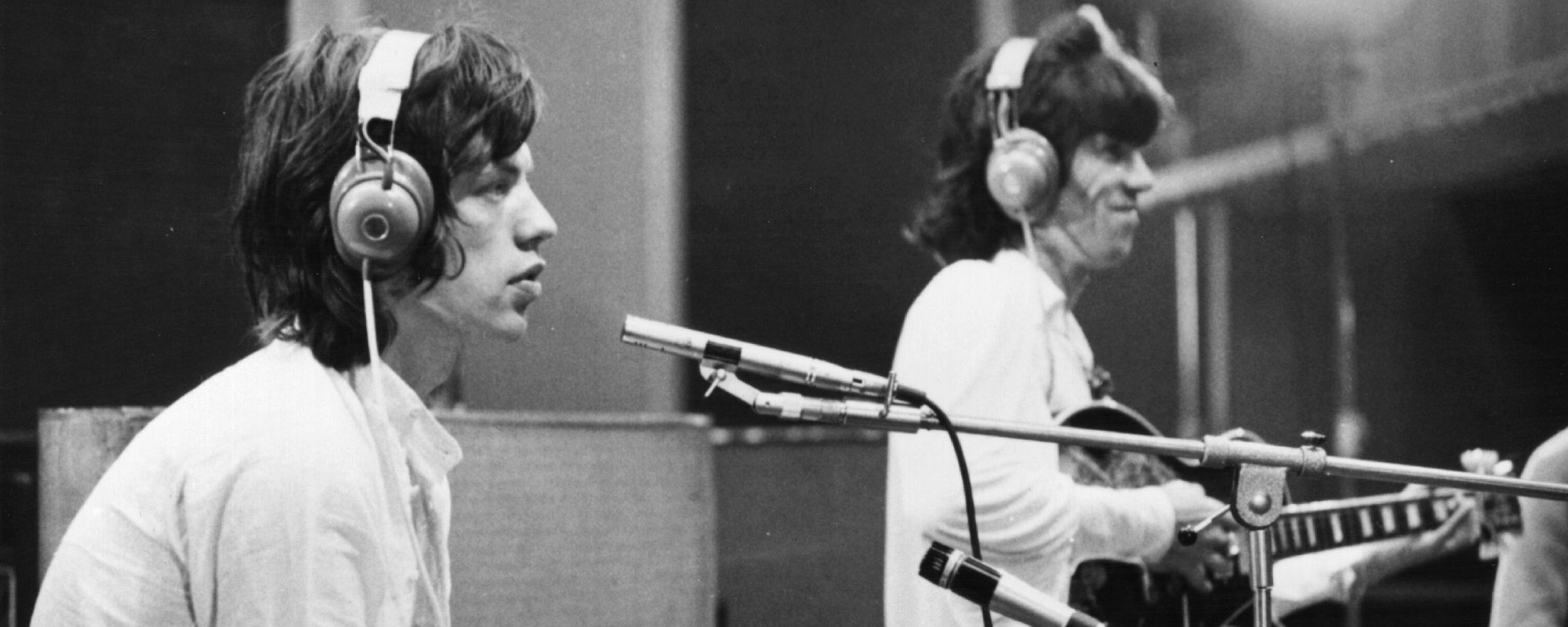
Leave a Reply
Only members can comment. Become a member. Already a member? Log in.